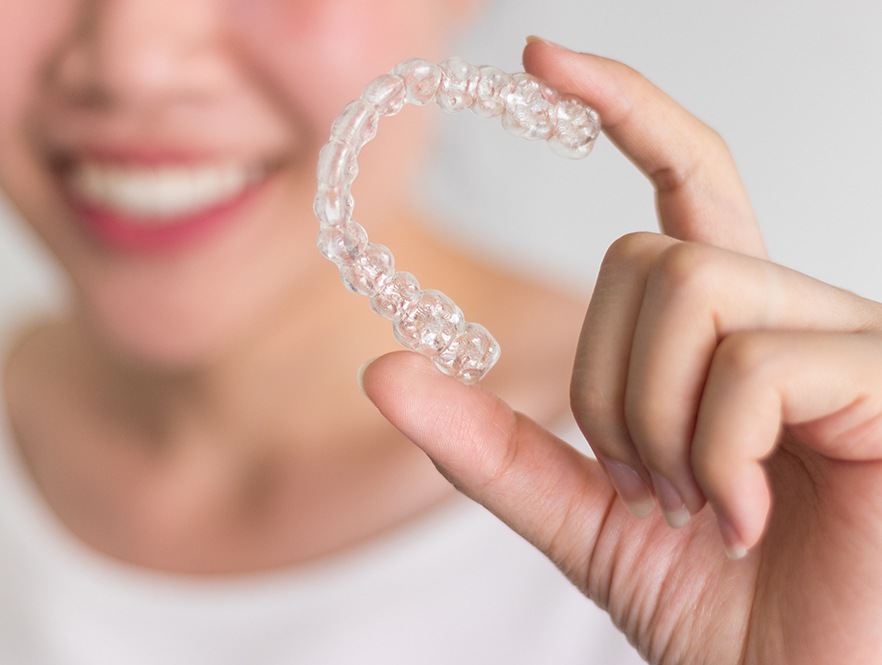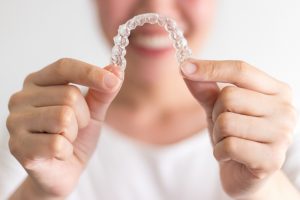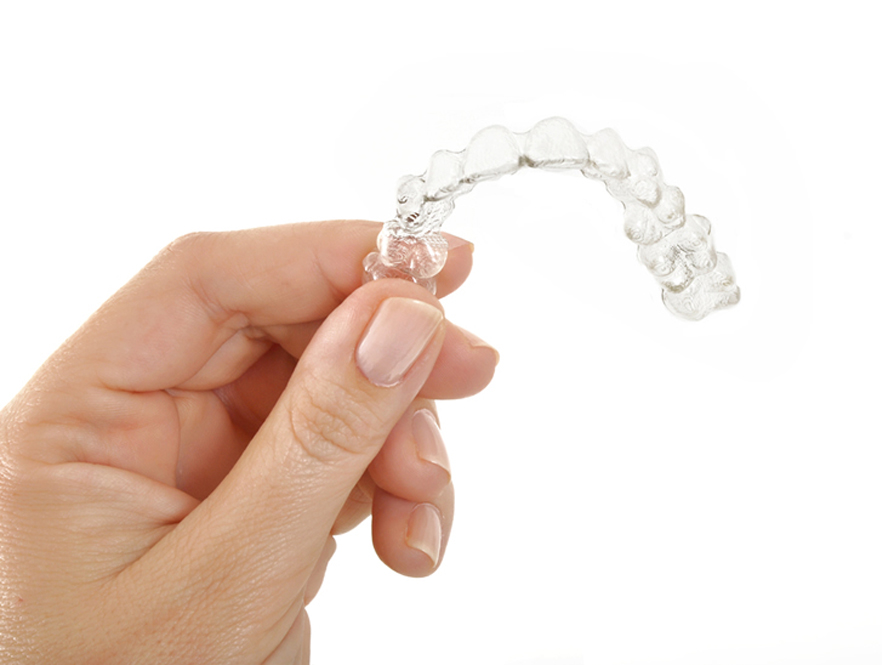A common concern among parents whose teens wear aligners is the possibility of losing them. This is normal and even the most responsible teen might lose one occasionally. If this happens, don't worry - you're covered. Most dental practices will replace up to six aligners during your teen's Invisalign treatment and they'll obtain a replacement at no extra cost. This can give you some relief, recognising that what you intend to pay won't increase as the treatment continues. Nevertheless, it's important you check with your provider's policy because variations might occur across different clinics. Here's a list of measures to take in case your teen loses an aligner.
Don't Progress Early
Your teen might be tempted not to disclose about the lost aligner and simply advance to the subsequent treatment phase. However, aligner trays purposely seek to advance the teeth in minuscule movements over a period of time. Advancing when the teeth haven't shifted appropriately into position could alter treatment from the initial plan prescribed by your teen's orthodontist. Your teen could try the subsequent set of aligners to see whether they fit. However, only if he or she was close to completing the former treatment phase.
If the tray doesn't fit correctly, don't force it. It might indicate that the lost aligner hadn't finished its role. We don't advocate for going backward with the treatment since it will slow down your teen's progress and could alter his or her treatment altogether.
If a Teen Loses an Aligner, Consult Your Orthodontist First
Before deciding what to do, it's imperative you consult your orthodontist who will make the best decisions depending on your care plan. It's important that if your teen does require replacement trays, to pick them up as quickly as possible.
Your orthodontist will advise if it's possible to move to the subsequent set of trays. This is when you will discuss if and how the schedule will change.
Be Proactive
To avoid the possible stress that accompanies the loss of aligners, teens should protect the trays all the time. It means being mindful of where they're placed when removed during a meal and following the recommended schedule.
Before you panic about your teen losing his or her aligner trays, understand that it's normal. Moreover, you can take certain measures to ensure your teen's teeth remain on the right track.
If you are still worried that your teen might be prone to losing their aligners, try looking into the pros and cons of Invisalign vs Braces. Your orthodontist will be able to recommend which solution is best for your teen's lifestyle. Contact Profile Orthodontics to schedule an appointment.







